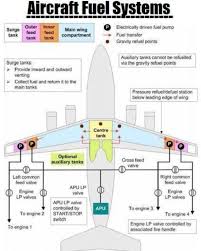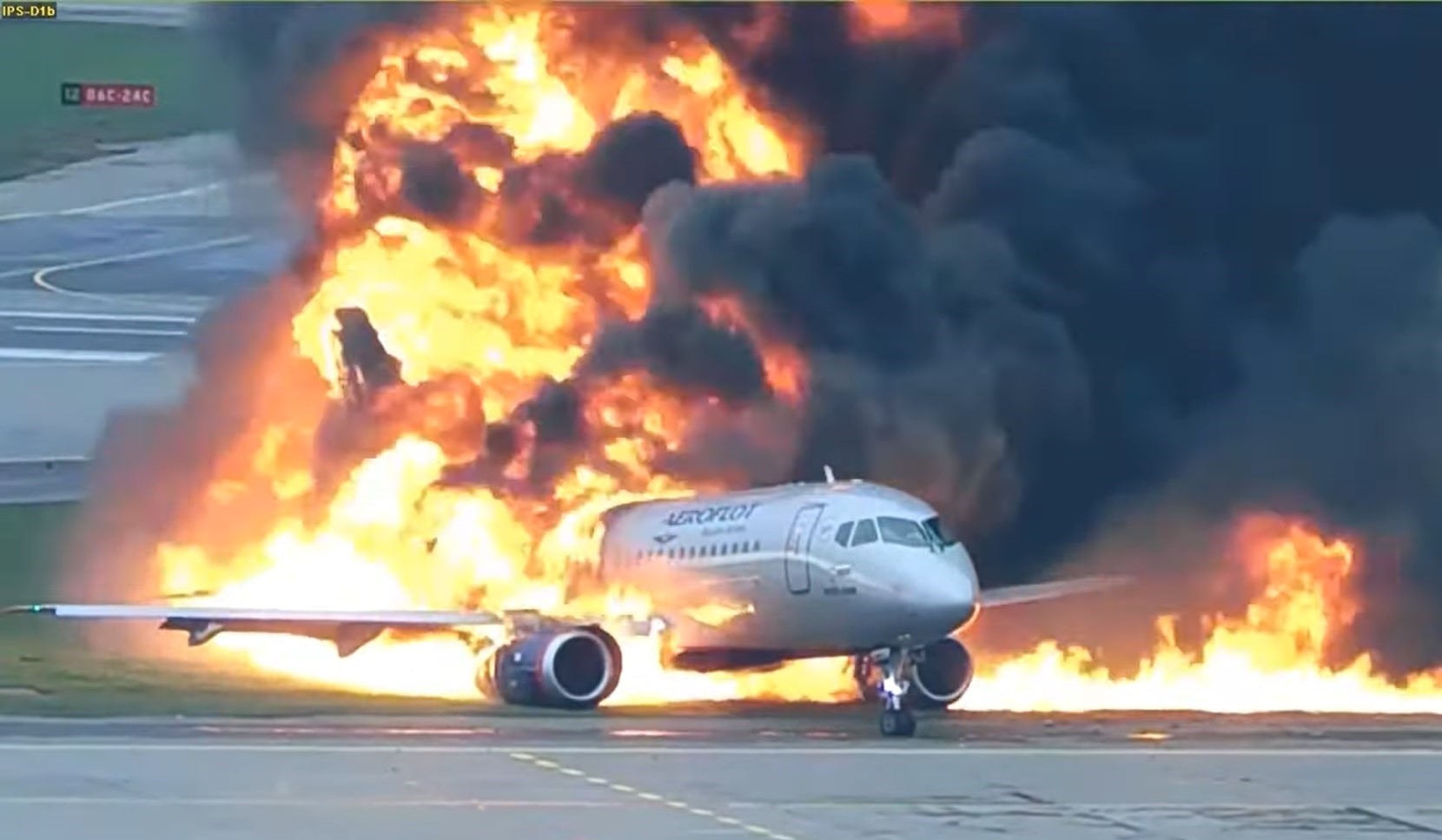From Office to Cockpit: How Indian Working Professionals Are Becoming Commercial Pilots?
The Indian aviation industry continues to grow from strength to strength. Traditionally, many young people dreamed of becoming pilots

Considering fuel storage in an aircraft is a crucial aspect of both aviation engineering and safety. Whether it's a commercial aircraft or a fighter jet, fuel should be stored safely. But if you are thinking about where the fuel is stored in the aircraft? This blog will help you arrive at the answer to this question and provide you with additional information.

Mostly, the fuel is stored in the wings of aircraft. The Boeing 737 or Airbus A320 use wet wing" fuel tanks. These are not different tanks implanted into the wings, but the wing of the aircraft acts as a storage space for fuel.
This improves the use of space and has a significant impact on the design of an aircraft. Fuel storage in the wings significantly reduces the stress caused by bending of the wings throughout flight. Wings turn up as lift is produced. The fuel in the wing counters this force, helping the aircraft to maintain its balance.
In addition to wing tanks, aircraft also have centre tanks situated in the fuselage, mainly between the wings and under the passenger floor. These tanks are commonly used in long-range aircraft where the wing capacity is insufficient for extended flights. In long-haul aircraft, such as the Airbus A321XLR, an added rear centre tank is used to offer extra range.
Some aircraft also have tail or "trim tanks" situated in the horizontal stabilizer, which act as a fuel storage and in-flight balance alteration by shifting the aircraft’s centre of gravity as fuel is consumed. Military aircraft often have external tanks under the wings or fuselage. These can be abandoned in combat and are crucial for missions needing extended range.

Fuel capacity differs significantly based on the aircraft's size and purpose. A small business jet like a Gulfstream G650 might have nearly 20,000 litres of jet fuel. The Boeing 747-8 can hold over 238,610 litres spread across several tanks. Military cargo aircraft such as the C-5 Galaxy can store nearly 200,000 litres of fuel in 12 wing tanks. The Airbus A321XLR features an optional Rear Centre Tank with a capacity of approximately 12,900 litres. These numbers underline the vast scale of modern aviation and the importance of effective fuel storage design.

Aircraft use intricate fuel systems that contain pumps, sensors, valves and filters. Fuel from the tanks is moved through electric or hydraulic pumps and, now and then, assisted by gravity.
These systems comprise cross-feed valves, surge tanks and venting mechanisms to guarantee equal pressure and flow. Fuel quantity indicators, pressure sensors and temperature gauges are monitored unceasingly by onboard computers and cockpit instruments. Most aircraft also have backup pumps and multiple redundancy systems to ensure continuous operation even in the event of a catastrophic failure.
To reduce the number of fire hazards, aircraft have fuel inerting systems that substitute oxygen with nitrogen in the vapour space of the tank. With this, the chance of fuel vapours igniting because of static electricity, sparks, or lightning decreases considerably. This technology became compulsory in several aircraft following prominent accidents involving centre fuel tank explosions.

Despite the sophistication of fuel systems, prominent accidents have occurred due to fuel leaks, fires and explosions. Talking about one of the most tragic incidents, it was Air France Concorde Flight 4590, which crashed in July 2000. A titanium piece on the runway pierced the tyres of the aircraft during takeoff. The debris cracked a wing fuel tank, leading to a fire that resulted in a crash.
Another incident that occurred was with China Airlines Flight 120 in 2007. Upon landing safely in Okinawa, a bolt penetrated a fuel tank, which resulted in an explosion on the ramp. The aircraft was destroyed. Likewise, in 2001, Thai Airways Flight TG114 experienced an explosion on the ground in Bangkok when a spark exploded fuel vapours in the centre tank of a Boeing 737-400.
Regarding the most recent incident of a fuel leak, a Boeing 737-800 of American Airlines suffered a fuel leak due to an improperly installed engine part in 2025. This caused a post-landing fire, requiring an evacuation of passengers and the crew members of the flight, really quickly.

To ease such risks, several layers of prevention are built into contemporary aircraft. Fuel tanks are compartmentalized to avert leaks. Many aircraft utilize self-sealing for their fuel lines and connections, mainly in military applications. Aircraft are also grounded during refuelling to avert static buildup. In-flight, fuel is continuously monitored for pressure, flow and temperature anomalies. Advances in inerting systems, for example, nitrogen-generating systems, have reduced the possibility of vapour explosions. After the 2001 Thai Airways explosion, the FAA mandated enhanced fuel tank safety standards, as well as limitations on fuel pump process and more robust tank insulation.
Contemporary aircraft utilize predictive maintenance technologies, alerting engineers to potential issues before they escalate to significant proportions. Wings and fuel tank sensors provide prompt data, enabling maintenance teams to detect leaks, pressure drops or irregular pump behaviour.
Training also holds a lot of importance in the overall spectrum. Pilots and crew members are trained to deal with fuel-related emergencies. Ground crews are trained in safe refuelling practices and airport fire services cope with jet fuel fires fast and efficiently.

As airlines explore sustainable aviation fuels, hydrogen, or electric propulsion, the way fuel is stored and delivered will undergo substantial evolution. Aircraft manufacturers, such as Airbus, are experimenting with new fuselage and wing configurations to accommodate alternative fuel systems.
Fuel storage is crucial in ensuring the performance, balance, and safety of an aircraft. Even the smallest glitch in the way fuel is stored in an aircraft can turn the situation into a real mess and potentially cost many lives, causing devastation. From the wet wings of a Boeing 737 to the trim tanks of an Airbus, fuel is stored to ensure the safety of aircraft and passengers. While most of the fuel is kept in the wings, additional tanks in the fuselage and tail help to accommodate longer routes and optimize the centre-of-gravity during flight.
Have you been harvesting the dream of becoming a pilot? If yes, enroll in an aviation training institute like Flapone Aviation. Here, you will be educated and trained to enter the world of piloting. Then, don’t wait long; come to us and fuel your journey to the sky.
Connect with our aviation mentors to find the right path toward becoming a licensed aircraft pilot.